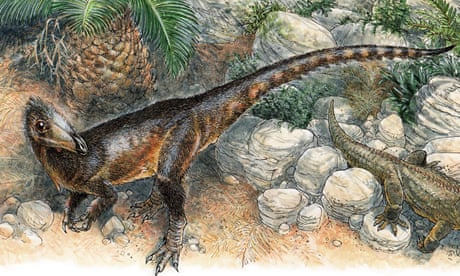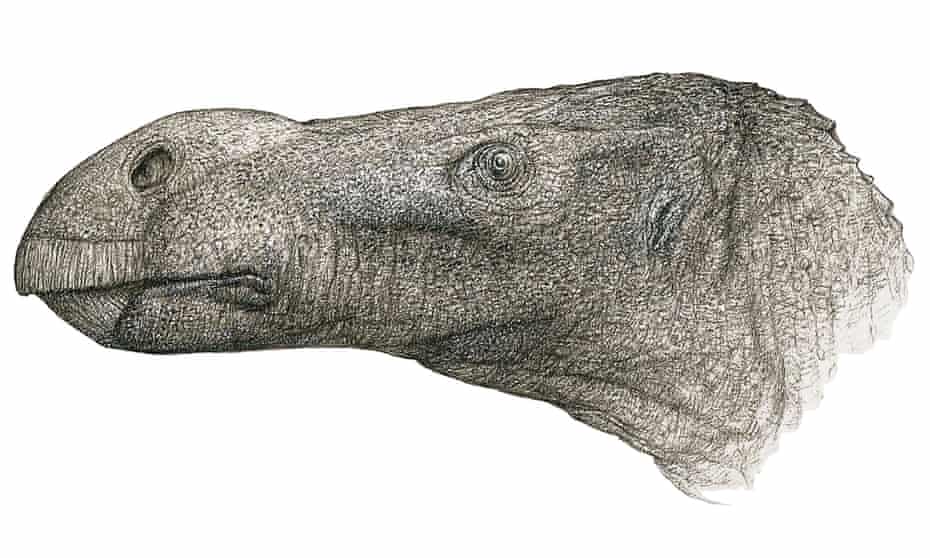
A retired doctor discovers a new species of the big-nosed dinosaur. Here’s the story of a retired GP who spent the lockdown ransacking boxes of ancient bones.
New species of big-nosed dinosaur discovered

Jermy Lockwood, a Ph.D. student at the University of Portsmouth spent a lot of time cataloging iguanodon bones discovered in the Isle of Wight. While going through the ancient bones collected from the Dinosaur Isle museum on the Isle of Wight and Natural History Museum in London, he found a unique specimen. Unlike others, this specimen had a unique bulbous nasal bone. The new species, named Brighstoneus simmondsi. The study, published in the Journal of Systematic Paleontology. “For over 100 years, we’d only seen two types of a dinosaur on the Isle of Wight – the plant-eating Iguanodon bernissartensis and Mantellisaurus atherfieldensis,” said Lockwood.
More on the discovery

The specimens had been in storage since 1978 and Lockwood spent four years unpacking and studying them. He also started reconstructing the skull and discovered several striking features. “I was convinced that subtle differences between bones would reveal a new species. So I set out to measure, photograph, and study the anatomy of each bone. Mantellisaurus has 23 or 24, but this has 28. It also had a bulbous nose, whereas the other species have very straight noses. Altogether, these and other small differences made it very obviously a new species,” he explained.
The big-nosed dinosaur is herbivorous, and around eight meters in length. Additionally, analysis reveals that it weighed about 900 kg. “This discovery made it one of the happiest days of lockdown,” added Lockwood. Brighstoneus, named after Brighstone, is a village on the Isle of Wight, near the excavation site. And, simmondsi, after Keith Simmonds. Honoring the doctor who was involved in excavating specimens and their eventual discovery. The study opens the door for discovering new species of iguanodontian dinosaurs from the early cretaceous period in the UK.






